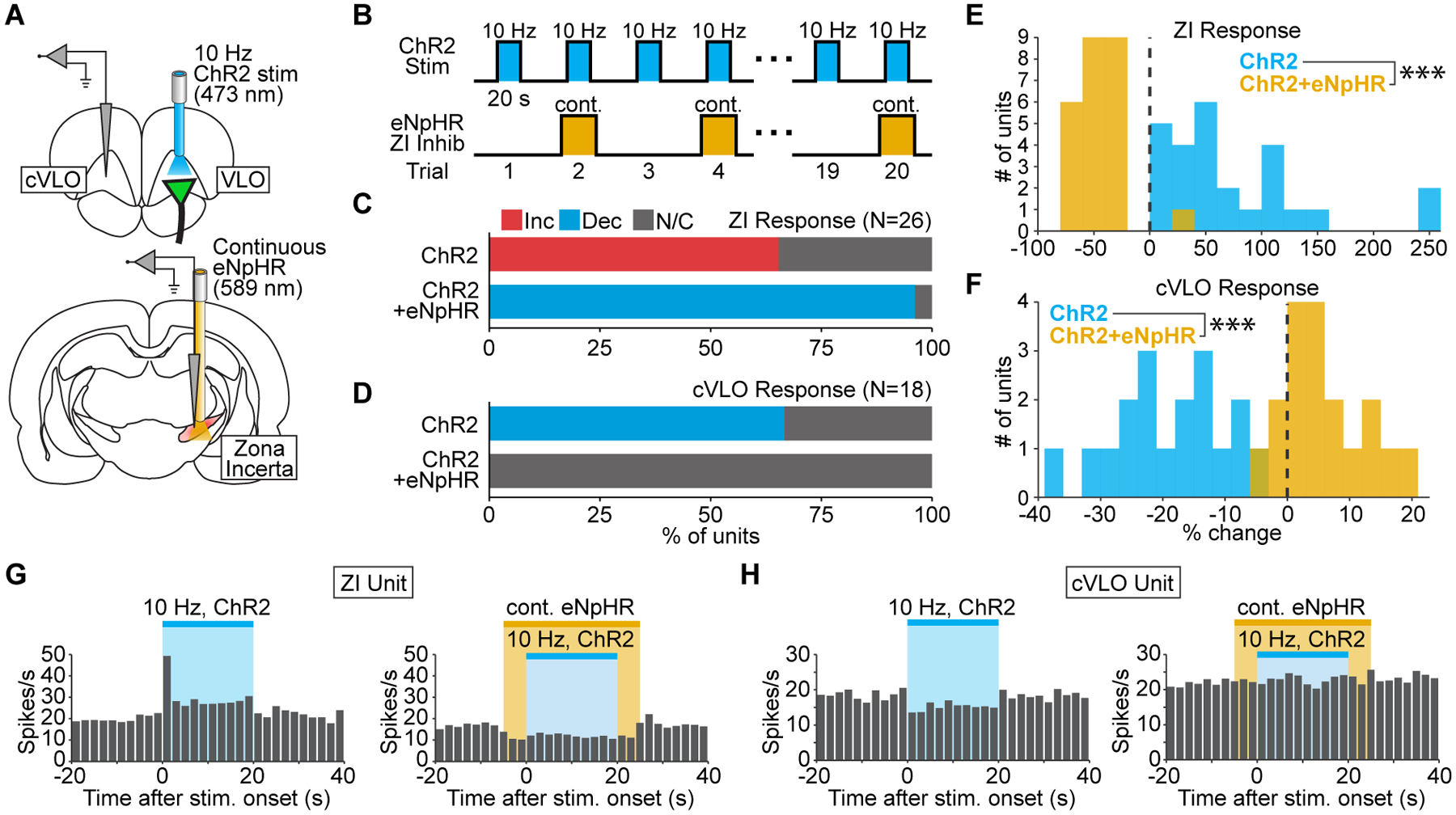Figure 7. Optical silencing of zona incerta eliminates the remote cortical inhibition driven by low-frequency thalamocortical stimulation.

(A) Schematic of single-unit recordings in cVLO and zona incerta (ZI) during 10 Hz thalamocortical stimulation and concurrent silencing of ZI with eNpHR. (B) Stimulation paradigm used to assess zona incerta’s role in mediating widespread inhibition. (C) Quantification of significant changes in ZI firing rate evoked by 10 Hz thalamocortical stimulation with and without eNpHR activation. (D) Quantification of significant changes in cVLO firing rate evoked by 10 Hz thalamocortical stimulation with and without incertal silencing. (E,F) Histograms of stimulus-evoked changes in ZI (E) and cVLO (F) firing rate (p=2.2×10−9 and 3.8×10−7, respectively). (G,H) Peri-event time histograms from representative units in ZI (G) and cVLO (H). The ZI unit’s firing rate increases during 10 Hz thalamocortical stimulation (p=6.1×10−5) but decreases when this is paired with eNpHR activation (p=8.6×10−4). The cVLO unit’s firing rate decreases during 10 Hz thalamocortical stimulation (p=0.030) but does not change when this is paired with eNpHR activation (p=0.23). See also Figure S7.
